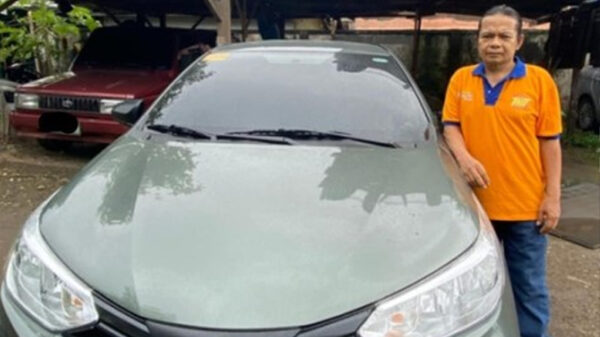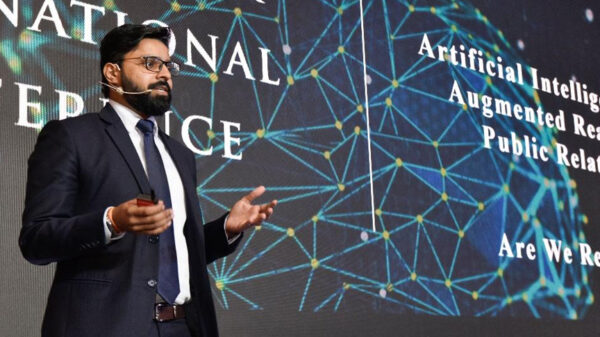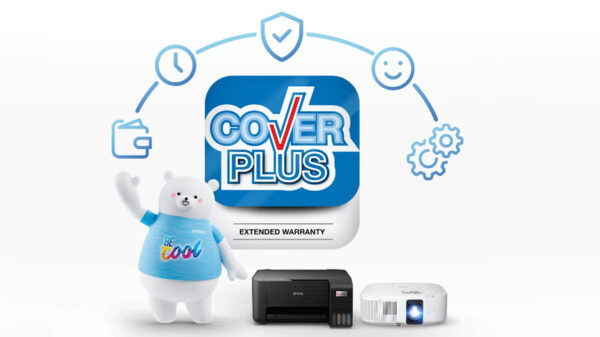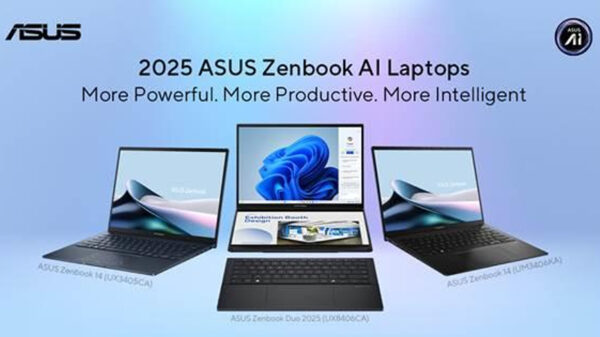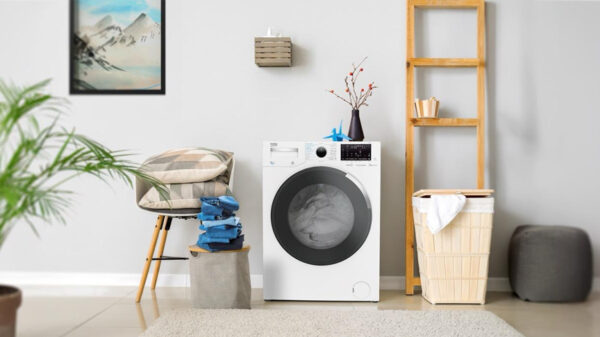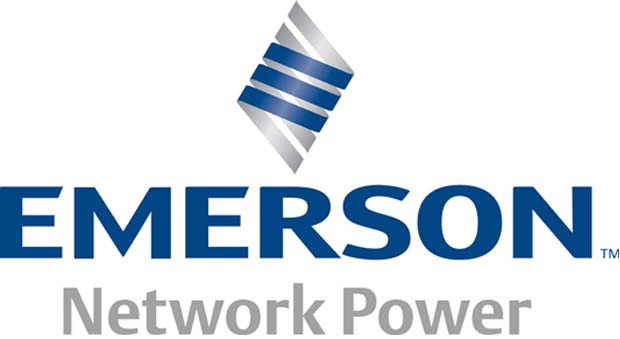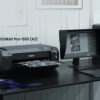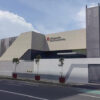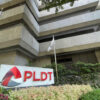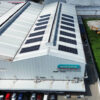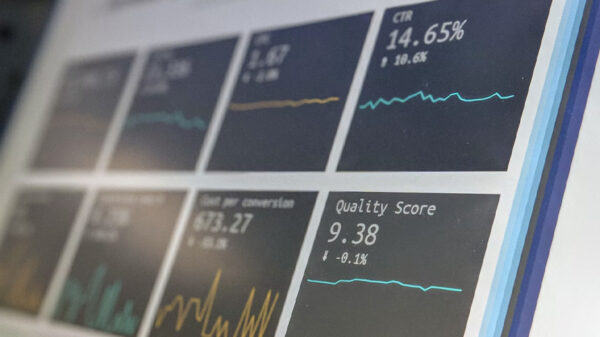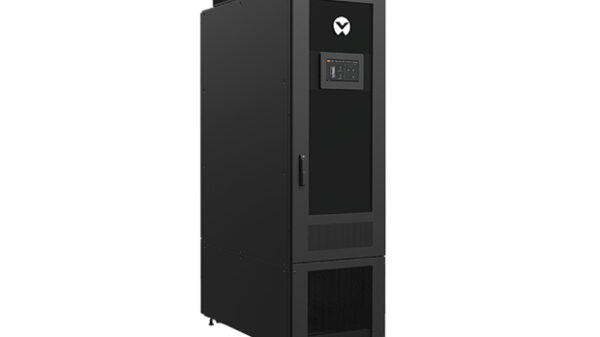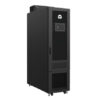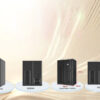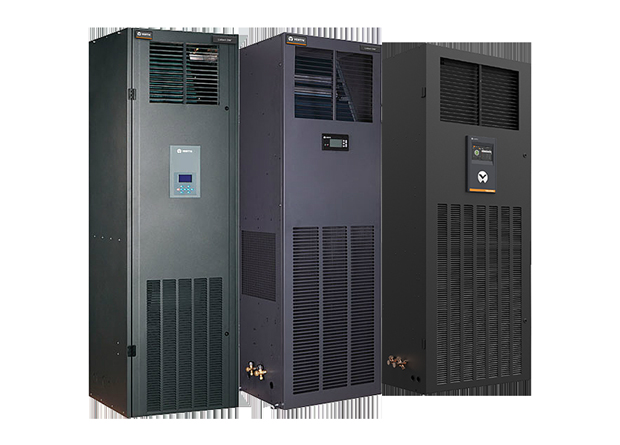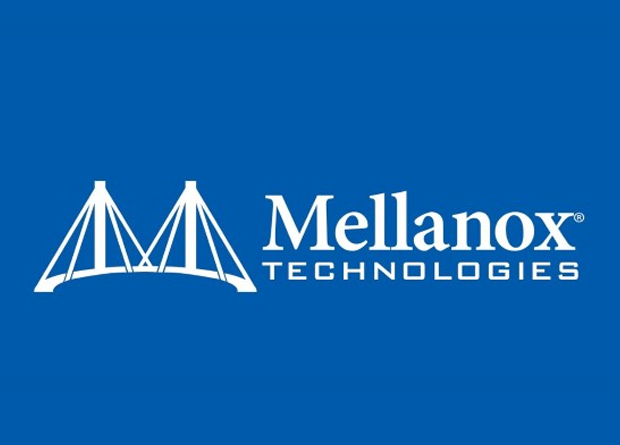Emerson Network Power has identified three areas of opportunity colocation (colo) facilities must flawlessly meet to motivate more data center owners to move some or all applications to a colo.
“For most businesses, running a data center is not a core competency,” said Peter Panfil, vice president, global power, Emerson Network Power. “So, as data centers have grown in importance, complexity and cost, and many have outgrown capacity, colocation has become an increasingly attractive option. Organizations now may choose the colo business model – from boutique purpose-built colos to remote managed IT services (RMIT) to colos that offer cloud services – that provides the level and type of services they need.”
The network of colocation providers in Asia Pacific is steadily growing, with a current count of over 200 colo data centers. India has the largest concentration with 77 data centers, followed by Japan and Hong Kong with 37 and 28 each. Singapore, China, Australia and Malaysia are also glowing areas of opportunity which are causing big global colo players to take notice.
In spite of the substantial cost and other advantages, not all data center owners who would benefit from doing so have chosen to use colos. In a 2012 Data Center Knowledge report, 49 percent of enterprise data center respondents said they used colos in some capacity, 3 percent were testing the concept and 9 percent planned to adopt within 24 months. The remaining 38 percent had no plans to adopt colocation.
To make colocation feasible for data center owners, the colo must be able to meet all the requirements of an in-house data center at lower cost and increased speed while delivering better reliability. Physical and IT security, energy costs, scalability – including ease and speed of equipment deployment – and increased visibility are critical to a successful colocation conversion.
In working with their in-house data center and colo customers, Emerson Network Power experts have identified opportunities for colos to better serve customers. According to Panfil, “Colo staff are highly skilled, tend to push the envelope and are early adopters of the best critical infrastructure technologies and solutions. But the bar is very high for colos, and there are things they can do in the areas of availability, efficiency and scalability to increase their utility and, in turn, grow the business.”
Availability
Downtime is costly for colo providers. An outage can result in customer penalties for failure to meet service level agreements, loss of reputation and loss of business. With that in mind, colo operators should embrace best practices in availability, including careful attention to all uninterruptible power supply (UPS) systems.
To evaluate UPS systems, colo operators should ask these questions:
· Does the UPS protect the load or itself? UPS should be able to withstand events without going to bypass.
· Does the UPS sacrifice high availability for high efficiency? To avoid this, the UPS must have state-of-the-art efficiency and energy optimization modes.
· For UPS systems already in place, do they frustrate staff? There are well-designed, user-friendly UPS units on the market today.
Efficiency
Colos can focus more on the operational efficiency of the data center environment. Conducting simple efficiency assessments helps identify where energy is being wasted. Once identified, there are a variety of technologies and approaches that can be implemented to improve efficiency and reduce operational expenditures. These include following efficiency best practices, such as economization, and taking a thermal management approach that offers holistic solutions for controlling the data center environment.
A thermal management approach highlights the importance of using intelligent controls and aisle containment together. Intelligent controls alone ensure the optimal combination of compressor / chiller capacity and air flow based on monitoring temperature at the servers. This optimization may allow inlet temperature set points to be between the typical nameplate temperature (75 degrees F / 24 degrees C) and the ASHRAE-recommended limit (80 degrees F / 27 degrees C) for class A1-A4 data centers – assuming all legacy IT hardware is compliant. When aisle containment is also in place, a 10 degree F / 5 degree C increase in inlet air temperature will increase energy efficiency by 20 percent. Additionally, intelligent controls allow all the cooling units to run at a reduced load by allowing them to operate together as a system utilizing teamwork. When aisle containment is in place, this reduction in load increases total operating efficiency by an additional 15 percent on average.
Scalability
Scalable infrastructure equipment makes data center deployment faster and lowers costs. Modularity is a low-risk scalability enabler. “Today, there are modular buildings, modular power and cooling systems, modular row and rack systems – you can scale at the room, aisle and equipment level,” Panfil said.
Many modular systems are pre-engineered, offering standard configurations with modules that are designed to work together. Implementing modular systems and components is repeatable, which makes scaling for growth easier. Modularity also reduces costs: because modular systems can be deployed just-in-time, colos do not need to size for maximum capacity at startup.



